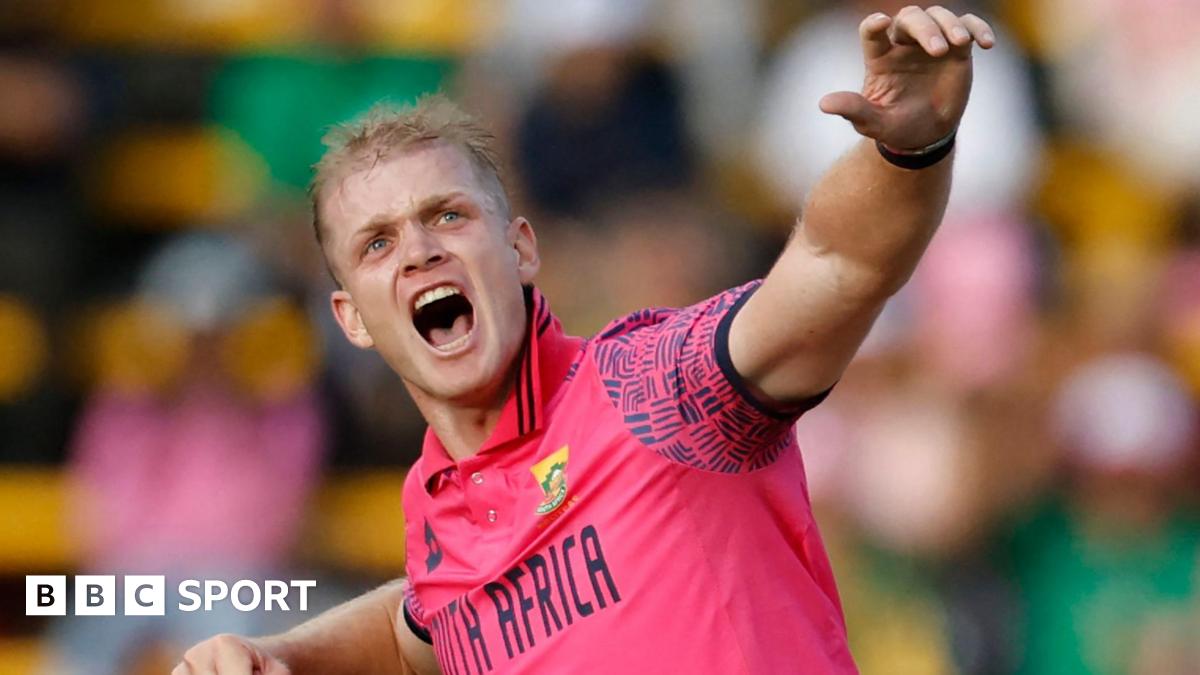In cricket’s grand season, Tests face cultural, commercial challenges

It’s T20 festival time but this is also Test cricket’s blockbuster season. India play three Tests with New Zealand at home and then five each in Australia and England.
That’s great news because the latest health bulletin says Test cricket is in ICU with multiple ailments. Some age related as Tests are culturally cancelled, not aligned to current social trends. And the bigger life-threatening challenge because Tests are financially unviable, make zero commercial sense.
Some grieve at the imminent demise of Test cricket and remember its glorious culture of friendly contests marked by fair play, honesty and respect for opponents. Started in 1887, Test cricket, steeped in tradition, is unfortunately a misfit today when life is a blur and time a luxury. In a world wired to speed and instant action, five hours is too long, five days is too much. In that context, Test cricket is its own enemy.
But there is more to Tests than just nostalgia. Compared to other formats, players require different, maybe higher, skills to succeed and the cricket is not one-dimensional. Instead, Tests change faster than the London weather and are full of unexpected twists and turns. Played over 450 overs, Tests demand players that adapt to changing conditions – new ball, swing, seam; old ball, reverse, spin. To answer these awkward questions the batters need technical brilliance, loads of patience, concentration, stamina and mental toughness.
The exciting part of Tests is they can be good, bad and awful all at the same time – as demonstrated recently in Kanpur and Multan. Kanpur was more exciting than a T20 super-over thriller — match over in less than three days, batsmen scoring at 10 runs-an-over and captain Rohit Sharma willing to risk failure while chasing an improbable win.
The Multan game was no less spectacular. For three days it was an advertisement for scrapping Tests forever; so dull even the security staff on duty went to sleep. Then England flicked a switch and the dead game came alive. Pakistan lost by an innings after making 556 in the first innings, the first time in 2553 Tests. The match created a mountain of stats (Harry Brook’s triple, fourth highest team total ever, five hundreds by batters, six Pakistan bowlers conceding hundred plus) but in the end this was a fantastic game, Test cricket at its best. Pity few people saw it; fans gave it a miss, television viewership was dismal.
The sad reality is cricket has moved on from Tests and fans have voted in a landslide against it. Broadcaster research reveals nobody watches Tests except those who have nothing else to do. This trend surfaced earlier this season at Lord’s when fans didn’t turn up even at the weekend. The market considers Tests a product with weak demand, a reality reflected in media value numbers. A T20 game spread over three-and-a-half hours generates more money than a Test that plays out over 30 hours.
Till now Tests were considered cricket’s pinnacle, the Mt Everest of respect and prestige. Players valued playing for the country knowing performances mattered more than scorebook entries because they created legacies. Also, selection for Tests meant entering a super exclusive group — India has played Tests since 1932 yet only 314 players have had the honour.
Sachin has a permanent place in history for his 200 Tests and 51 hundreds, records Virat Kohli and Joe Root are chasing. Compared to this, T20 cricket numbers matter less as those are forgotten within 20 hours. It’s auto delete.
T20 is criticised for its batters-friendly nature with flat wickets, and field and bowler restrictions. The unequal bat-ball contest gives the impression of a golf game where one player has a five-shot advantage, or a sprinter in a 100-metre dash running with weights attached to the ankle.
The introduction of impact players gifts batters a further advantage and IPL teams regularly topped 200 last year. But apparently that’s what fans and broadcasters want. Cricket laws have a ‘retired hurt’ option for batters; soon something similar will be invented to protect bowlers.
Choosing between Tests and T20 is difficult, and it’s great to have that choice. With better scheduling and promotion both could coexist.
My vote is for Tests because I would rather enjoy the skills of Virat/Rohit/Steve Smith/Williamson over four hours instead of watching them thrash around for 40 balls. What’s better? Roger Federer playing five sets, or a tie-break?
India-NZ could be a one-horse race but India in Australia and England will be cricket’s grand slam.
Related
‘Listen from one ear, ignore from the other’: Former India…
India's Rohit Sharma and Mohammed Shami (AP Photo) NEW DELHI: Former wicketkeeper-batter Syed Kirmani has expressed his opinion that experienced fast bowler Mo
India faces New Zealand in budding rivalry at Champions Trophy…
State AlabamaAlaskaArizonaArkansasCa
ICC and Unilever announce landmark partnership on International Women’s Day…
The two-year partnership, kicking off at this year’s Women’s Cricket World Cup in India and running until the end of 2027, marks the world cricket governing
IPL 2025: Mumbai Indians sign Corbin Bosch as replacement for…
Mumbai Indians have signed South Africa all-rounder Corbin Bosch as a replacement for his injured countryman Lizaad Williams for this year's Indian Premier Leag











